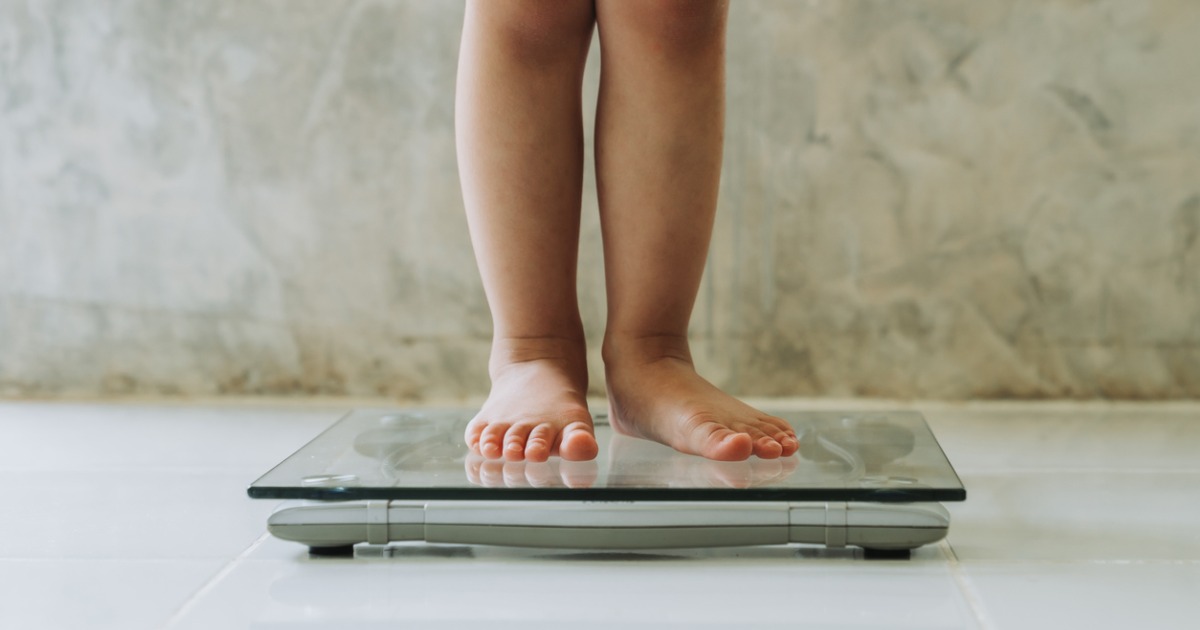
Healthy Weight Loss for Kids
Weight problems in kids is a growing cause of concern worldwide. It has led to a rise in childhood diabetes, cholesterol, osteoporosis, fatty liver, asthma, heart ailments etc. These diseases that usually seen during adulthood are now appearing during childhood. Obese kids are also more prone to bullying, body-image anxiety, insecurities and depression.
Weight loss in kids should be done with care and caution. Parents must create a safe and sensitive weight loss plan in consultation with their paediatrician and dietitian or nutritionist. This is because a random weight loss plan can hamper the kid’s nutrition, growth and stress levels. Moreover, what works for adults does not work for kids because their body is still developing.
Identifying Weight Problem in Kids
Understanding whether your child has weight problems is the first step to a proper plan. This is important because kids grow at different pace. It is best to consult your paediatrician to check the child’s Body Mass Index (BMI), which measures their weight against height, gender and age. Here is a quick guide about what percentile of BMI can indicate that your child has weight problems:
- BMI between 5th and 84th percentile: Healthy
- BMI between 85th and 94th percentile: Overweight
- BMI at the 95th percentile or more: Obese
1. Count of Calories Intake
You should not eliminate calories from the kid’s diet at random because they give energy and have other essential health benefits. You need to know exactly how much calorie your kid needs for proper growth. Anything more than that will hinder weight loss. The amount of calorie that a child needs varies according to his age, gender, BMI, activity, etc. Don’t stress the child by daily weight checks at home because it deviates on a daily basis are natural.
2. Diet- That is low in Glycemic Index
Glycemic Index (GI)- The ability of carbohydrates to raise blood glucose is referred to as GI. Studies suggest that low-glycemic food keeps one full for longer because it takes time to digest or gets digested at a low pace and blood sugar also stays stable. They also have more fibre and are less processed or refined.
You don’t need to totally eliminate carbs from your kid’s diet. All you need to do is select low or medium-glycemic carbs like broccoli, carrots, apples, berries, beans, nuts, peanut butter, yoghurt with honey and fruits, milk, cheese, pineapple, sweet potatoes, banana, dried fruit, pasta, high-fibre cereal, brown rice, and ice cream. Avoid high-glycemic carbs like corn, potatoes, white rice, French fries, chips, juice, jam, sweet and frozen yoghurt, bread, pancakes, waffles, pizza, popcorn, instant oats, and refined forms such as maida.
3. Love for Fruits & Veggies
Generally, you can add more vegetables and fruits in many colours to your kid’s diet. Serve whole fruits rather than fruit juices. This is because juices have less fibre compared to whole fruit as it loses its fibre content and addition of sugar if done, adds to more calories, while whole fruits are more filing and fibre-rich that is good for digestion. However, not all fruits and veggies are good for weight loss. Some may be high glycemic, that we have discussed in the point above.
4. Increase Water Intake
Don’t allow the child to drink juice, energy drink and cold – soft drinks, soda etc. when they are thirsty because they add up to their weight gain. The best thirst-quencher is water.
5. Good Sleep
Ideally, kids need 9 to 11 hours of sleep and teenagers need8 to 10 hours of sleep. Early and good sleep is essential for proper growth and metabolism that helps maintain their body weight.
6. Reducing Sugar & Salt
Minimise high sugar content food like candies, sweetened breakfast cereals, flavoured drinks and yoghurt, sweetened beverages, fruit juice, soda drinks, etc. Settle for low-sugar substitutes like home-made fruit puree, fruit ice pops, cookies, pizzas, sandwiches made of whole-wheat, fruit salads, etc. Even salt needs to be minimised. The sodium content of salt makes the body retain water and bloat up. Avoid table salt and canned and frozen food that are high on sodium.
7. Protein Power
Experts recommend that protein stimulates a growth hormone that helps the body break down excess fat into energy. It is also more filling. Therefore, serve eggs, plant protein – such as pulses (all types of dals like red gram, black gram, etc.) and legumes (channa, rajma, horse gram, etc.), fish, and lean meat like chicken. Go for low-fat yoghurt, butter, cheese, non processed cheese, margarine, etc. for milk protein.
8. Fixed time for Meals
Avoid long gaps between meals because an empty stomach for long hours leads to gorging during meals. Studies recommend that three small meals and two small snacks daily is ideal.
9. Daily Exercises and Sports
Exercise or some sports activity for at least 60 minutes daily is recommended. Start with 15-20 minutes daily and increase the duration gradually. Make it entertaining by including your child’s peers or organising dance and music sessions, running with a pet dog, a family swimming session, etc. This will encourage the child to participate enthusiastically. Some of the good exercises for kids to lose weight are:
10 . Fat – How much is Healthy
All fats aren’t harmful. Healthy fats are required by the body to create cell membranes. Eliminating fat at random can impact your kid’s immune system, nervous system, and overall health. They need to consume fats like unsaturated oils (olive, canola, soybean, etc.), salmon, anchovy, almonds, seeds of sesame, pumpkin, and flax, etc. Fats also slow down digestion and keep the stomach full for longer hours.






